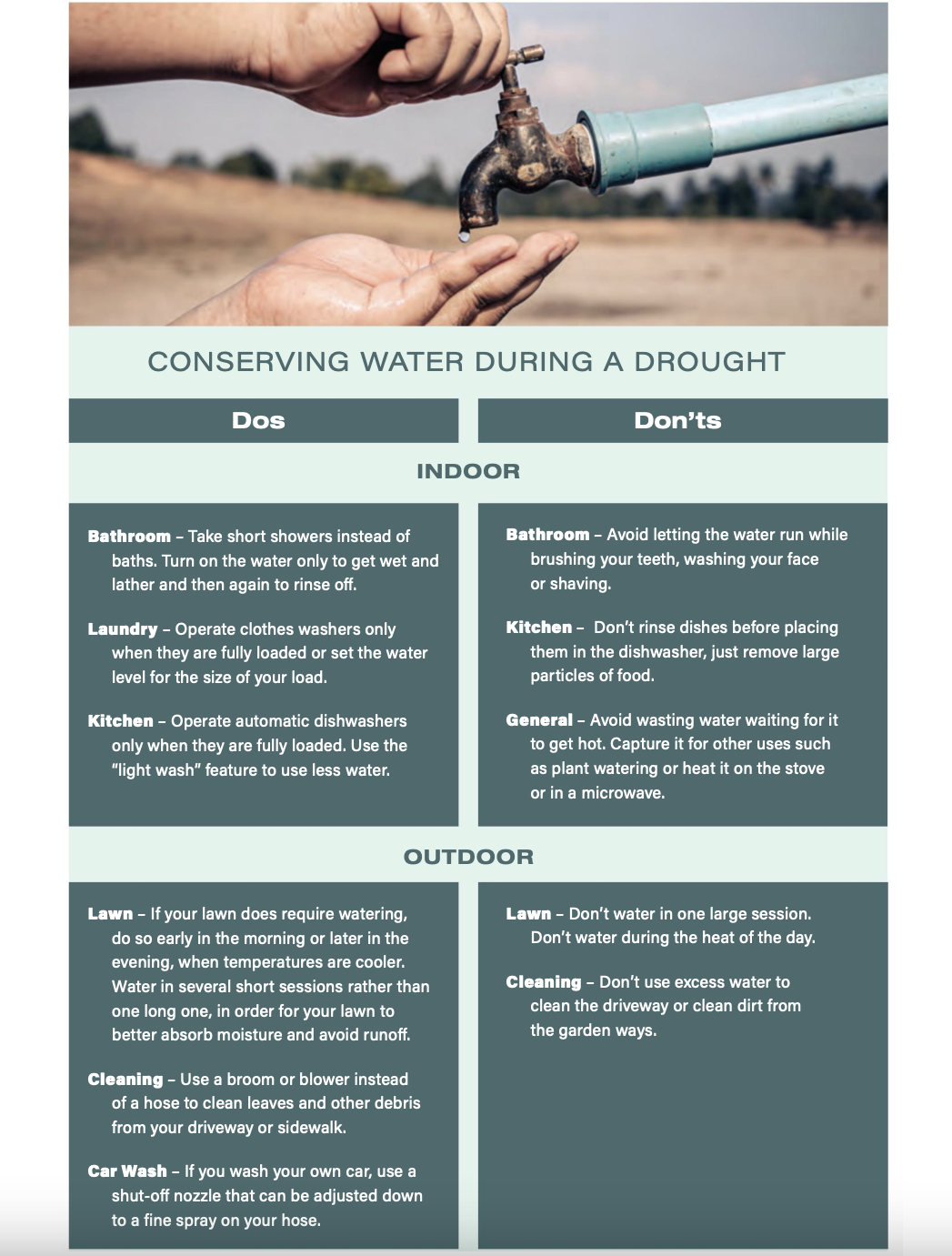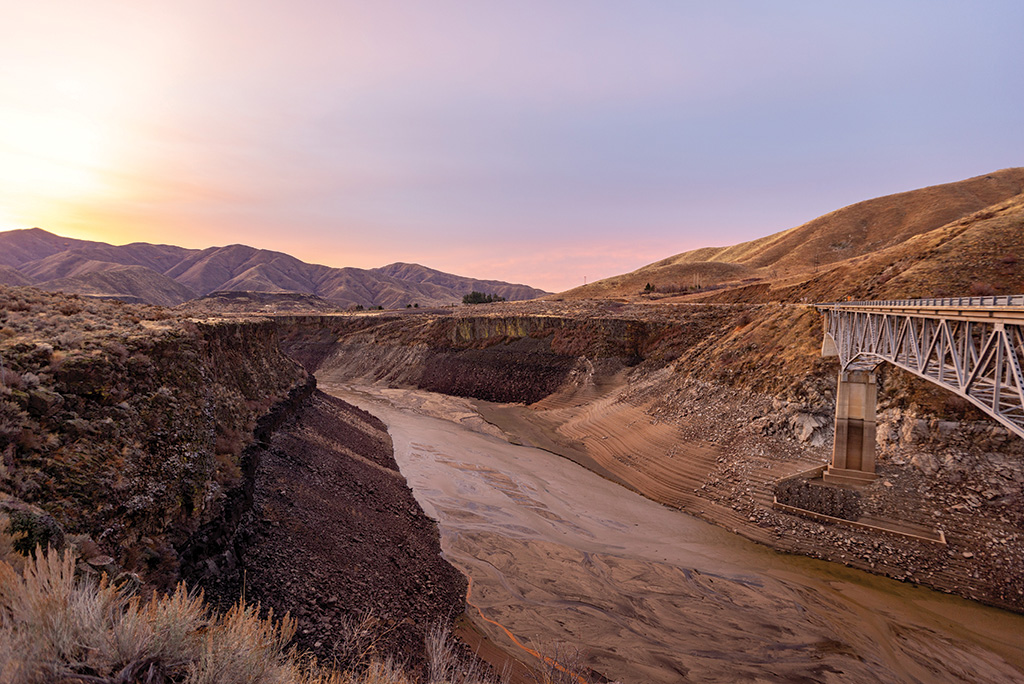Despite a relatively wet April and May in Idaho, the National Drought Mitigation Center suggests drought conditions heading into the summer have worsened.
Precipitation in the Big Wood Basin has only been only 56% of what is normal since January 1. Early spring moisture was above average, but not near enough to make up for the precipitation deficit from January through March. Precipitation deficit in the mountains around the Big Wood Basin is on the order of two to eight inches. The snow-water equivalent only reached 12 inches, whereas in an average year the snowpack typically is 15.1 inches, which means that snowpack never exceeded 80% of normal.
But winter snowfall and precipitation levels are only part of the story. The drought conditions (especially for irrigators) are heavily dependent on the storage capacity of the local reservoir systems and runoff. The reservoir fill levels are based on the prior year’s rainfall (“overhang” supply) as well as the amount and strength of the current summer’s temperatures. A key driver to water availability during late summers is the timing of heat events, which affects the rate and timing of runoff.
Within Blaine County, the two key reservoirs for water storage are the Magic Reservoir and the Mackay Reservoir. In late April, Magic Reservoir stood around 34,712 acre-feet – about 18% of its full 191,000 acre-foot capacity. An acre-foot of water is equivalent to the volume of water needed to cover one acre with one foot of water. (Note: 1 acre-foot is equal to 325,851 gallons). The Mackay Reservoir stood at 24,390 acre-feet – about 55% of its full 44,400 acre-foot capacity. The snow and rain showers increased the forecasted runoff for the Big Wood below Magic Reservoir by 10,000 acre-feet, bringing the total water supply for the basin to 141,000 acre feet—about half of the supply needed to meet summer agricultural demands.
On April 29, Governor Brad Little approved an emergency drought declaration for 34 counties in central and southern Idaho—including Blaine County—issued by the Idaho Department of Water Resources. The order was based on below-average snow water equivalent levels, streamflow forecasts “between 25 and 75% of median” and a high probability that reservoirs will not fill this summer, according to a department press release. The declaration will help agricultural water users cope with drought by allowing “temporary changes in the point of diversion, place of use, and purpose of use for valid, existing water rights” for the rest of the growing season, it said.
Drought in Idaho is currently more widespread and serious than it was at this same point last year. On June 9, the National Oceanic and Atmospheric Administration (NOAA), which oversees the U.S. Drought Monitor, placed the majority of Blaine County in the “severe drought” category. The assessments are driven by the current year’s snowpack level, streamflow rates, and the amount of water held with the upper three feet of the soil layer. The “severe” classification is characterized by elevated fire risk, a shortened grazing season, sparse vegetation with crops left unharvested, and very low river and reservoir levels. Furthermore, 18% of southeastern Blaine County was included in the “extreme drought” category. The “extreme” condition is characterized by dryland farms left fallow, cattle herds being cut, limited foraging for wildlife, irrigation allotments significantly curtailed, and increased risk of fire danger.
Extended forecasts for the summer are showing above-normal temperatures and below-normal precipitation in southern Idaho, and it is expected drought conditions in the Wood River Basin will continue. We encourage you to play your role in water conservation. Let’s do our part to be wise stewards of the water resources we do have. The following list of “dos” and “don’ts” provides ideas on how to be thoughtful water consumers during the heat of summer.



